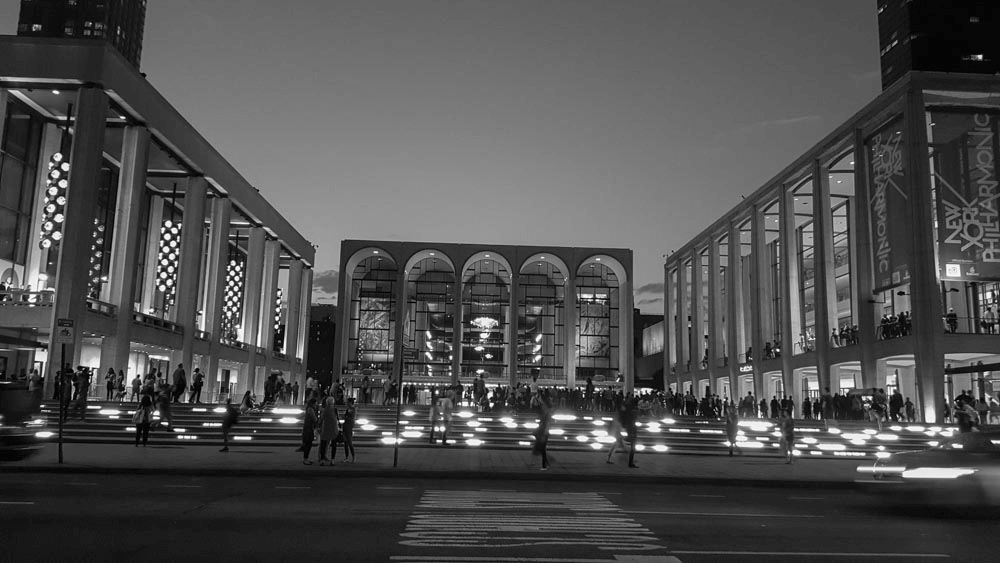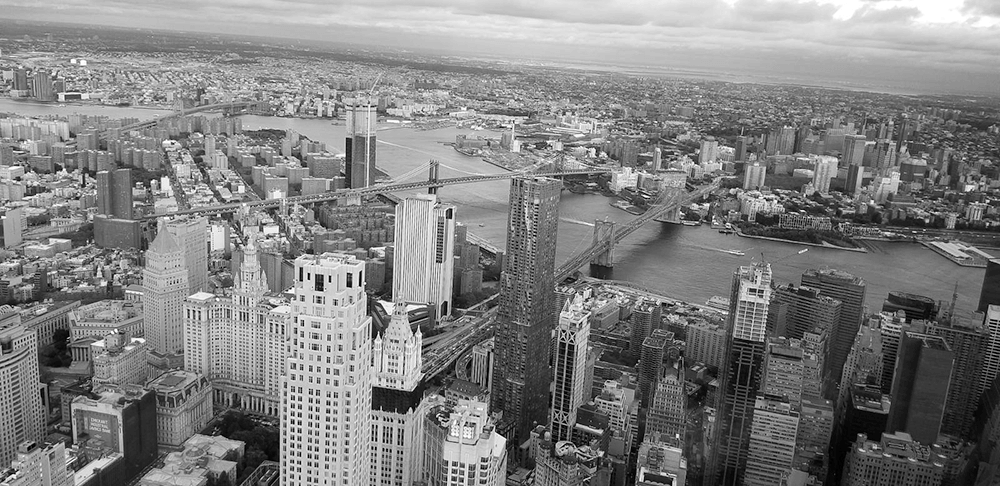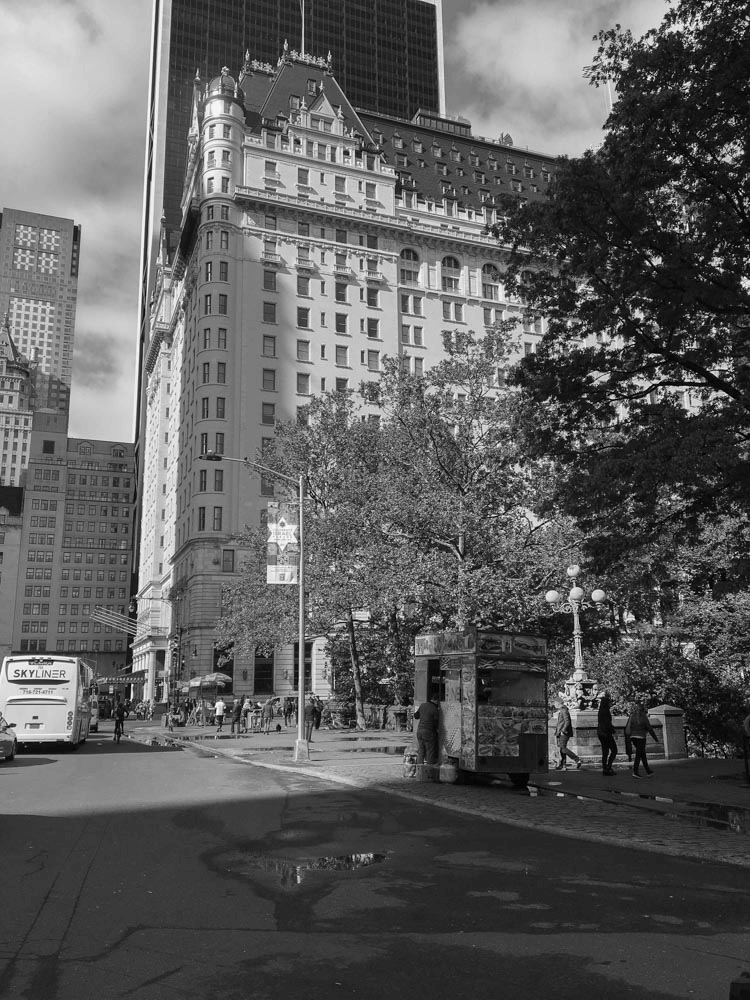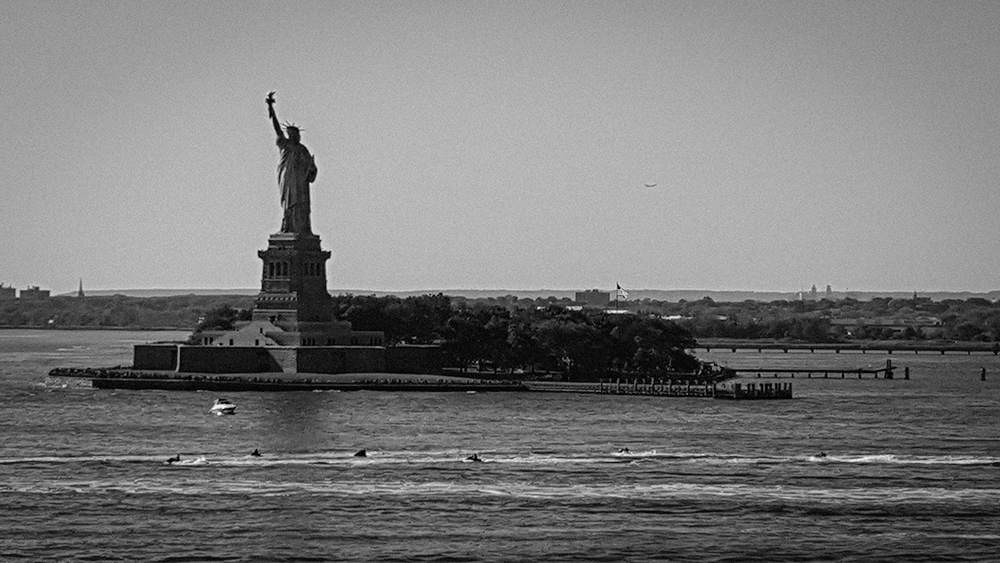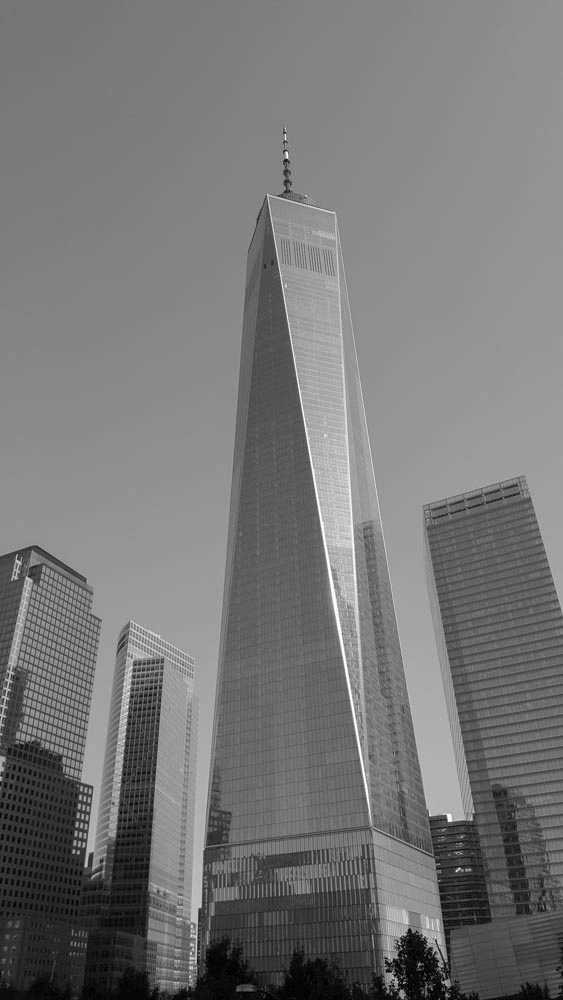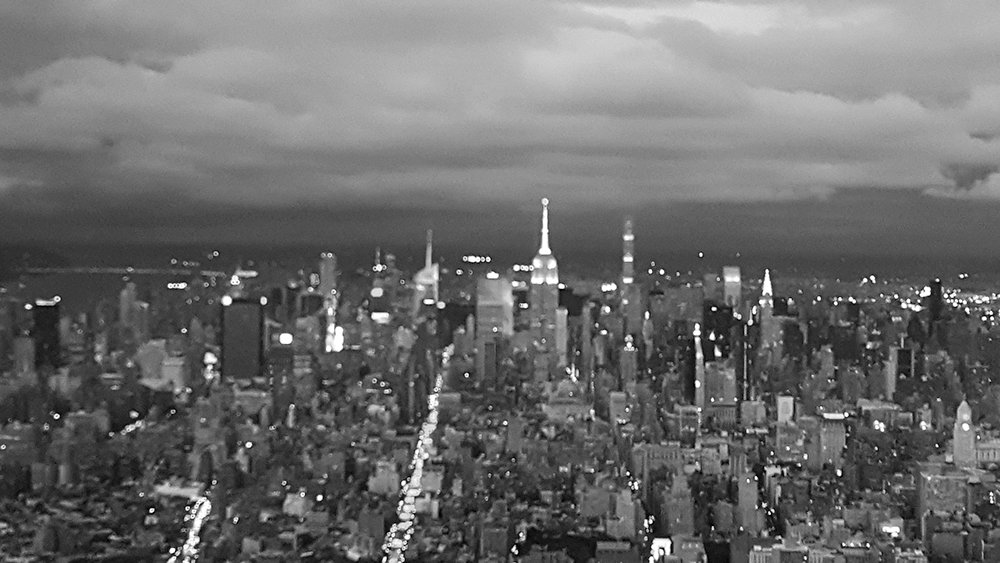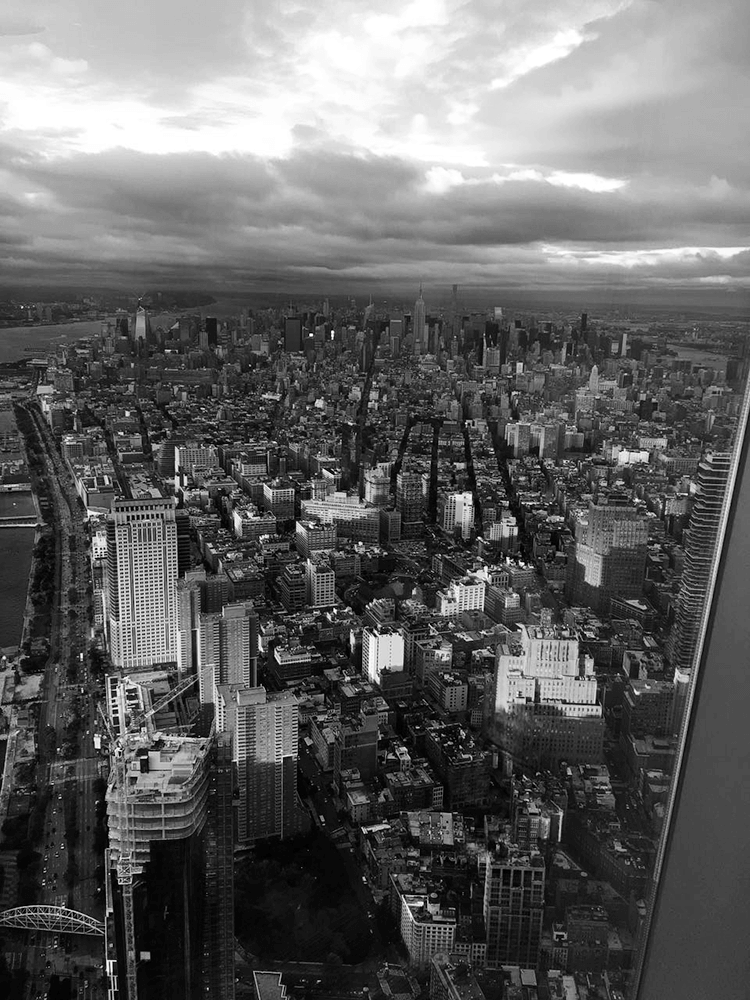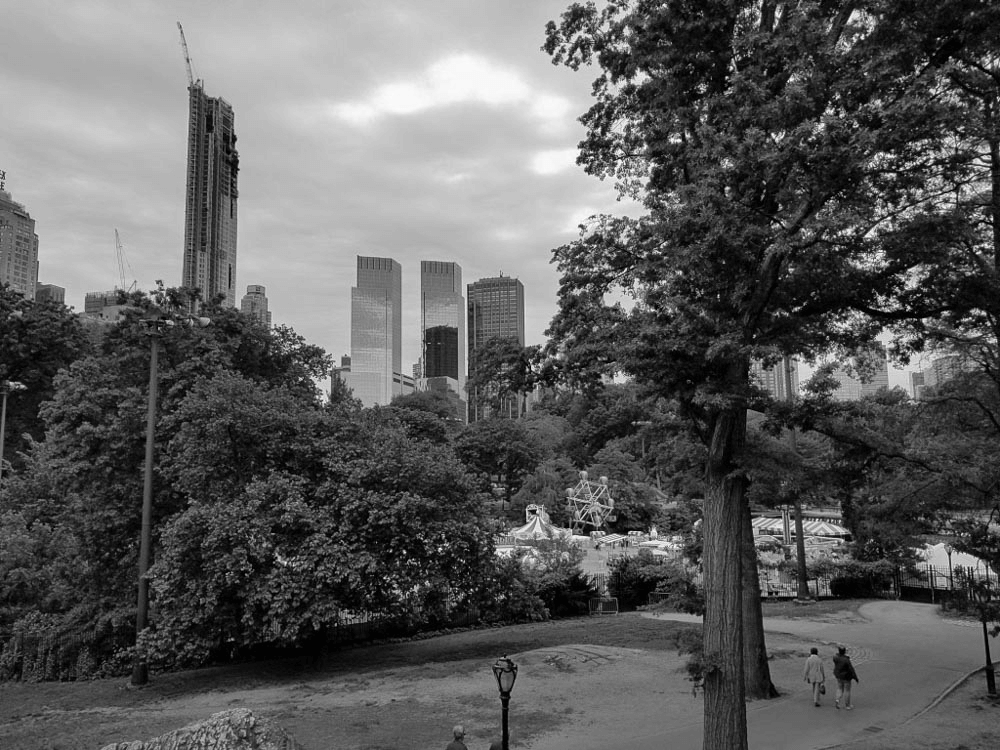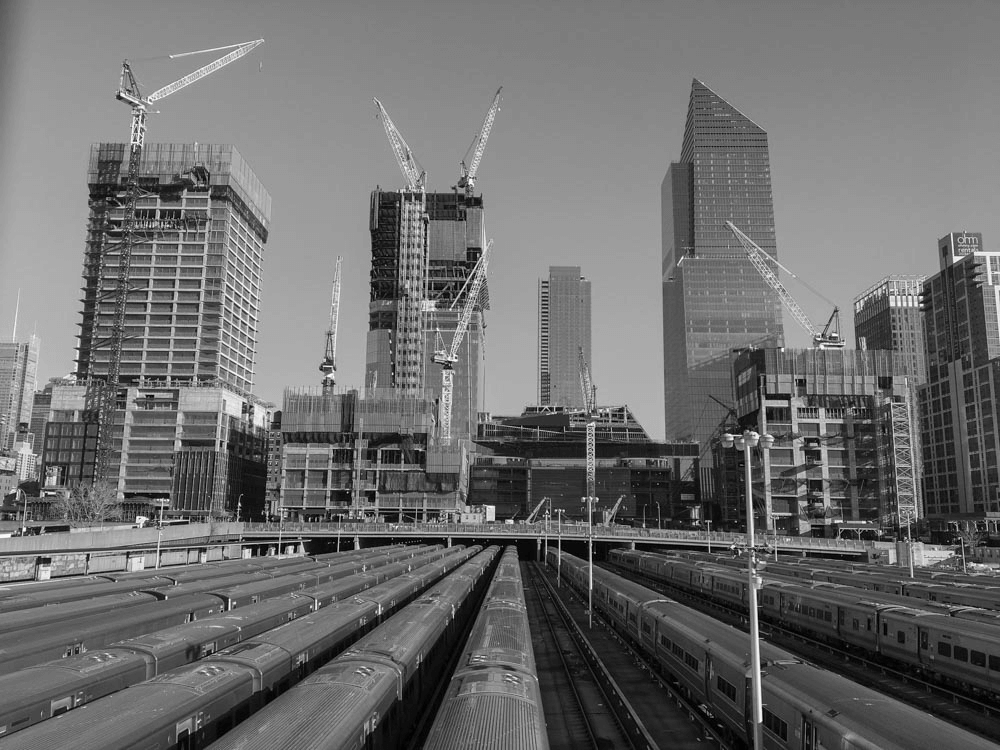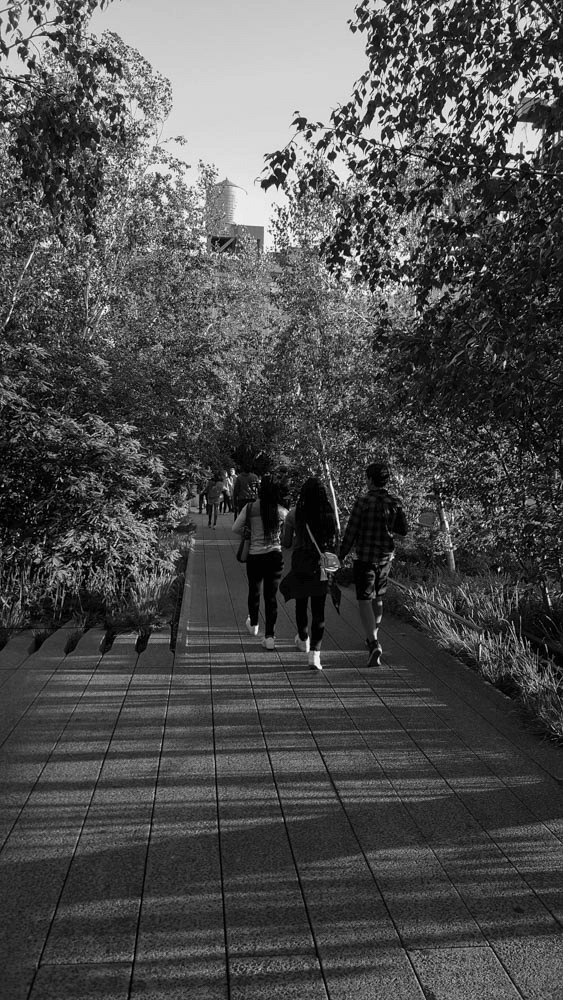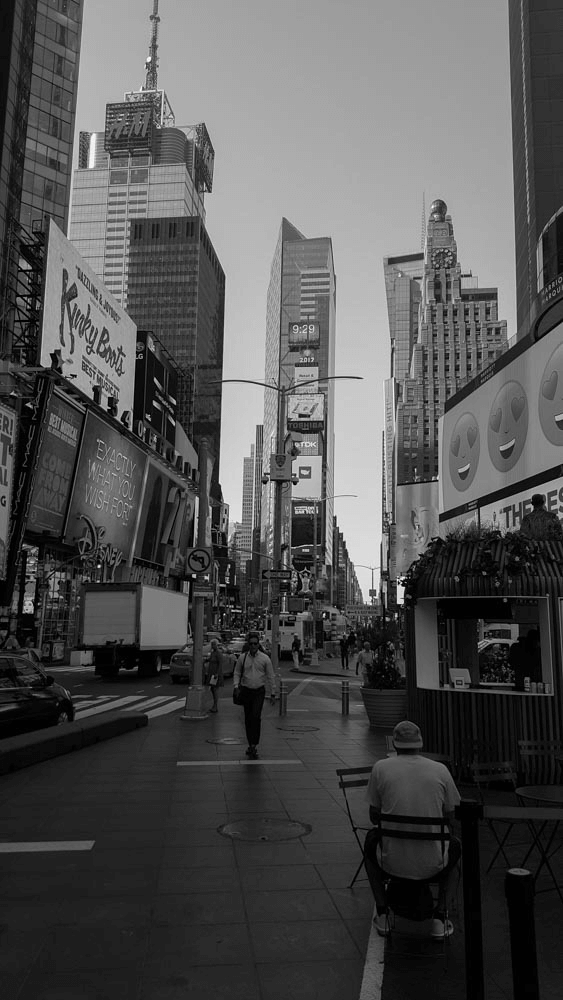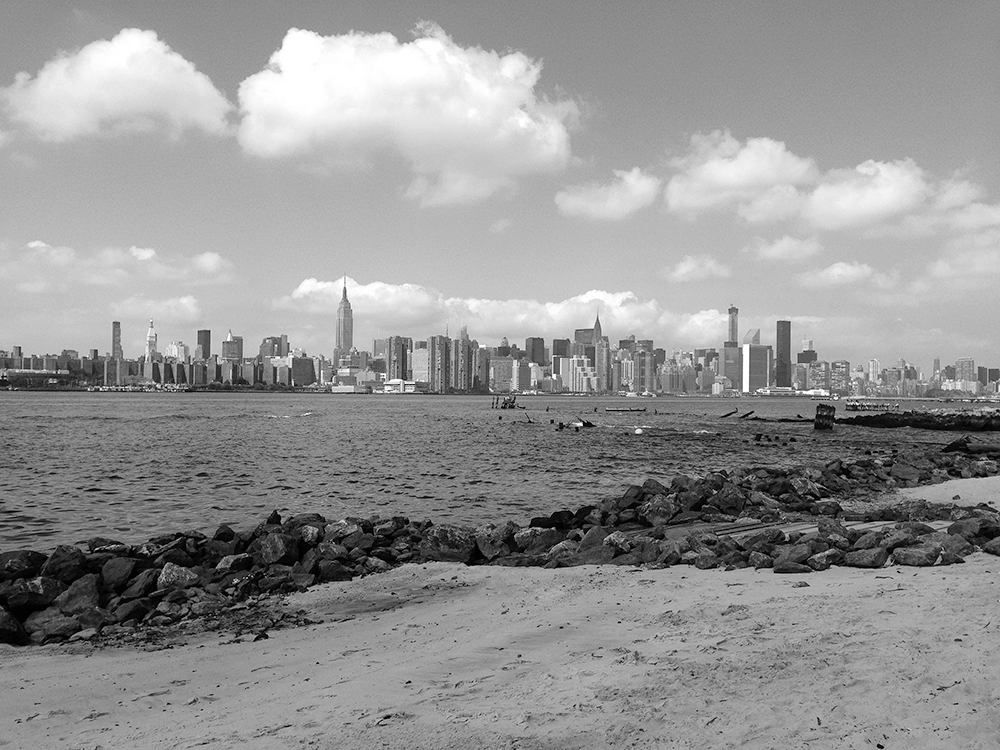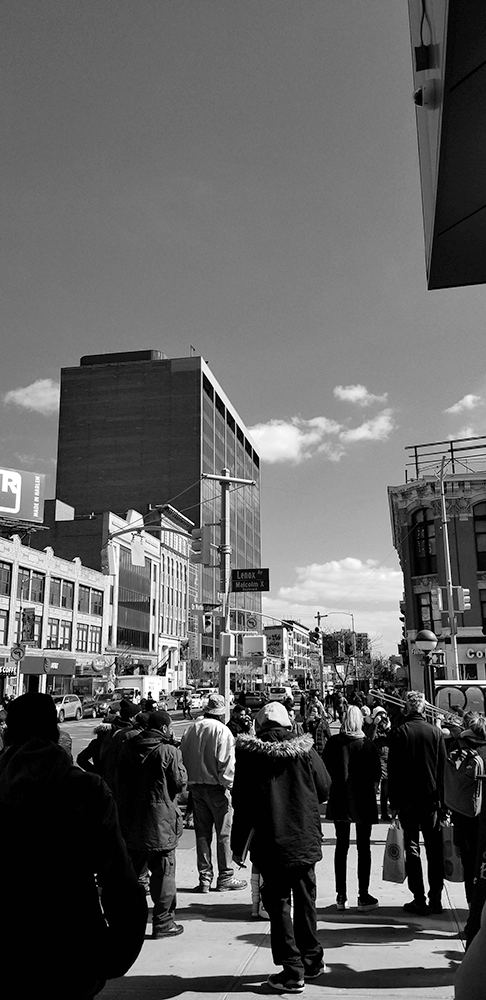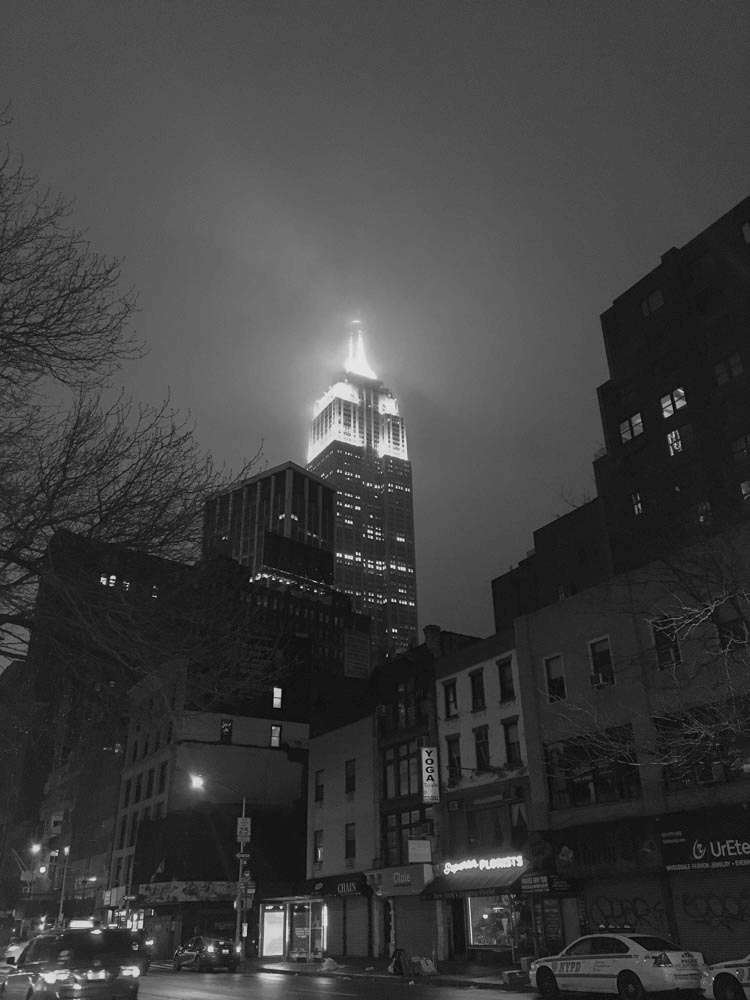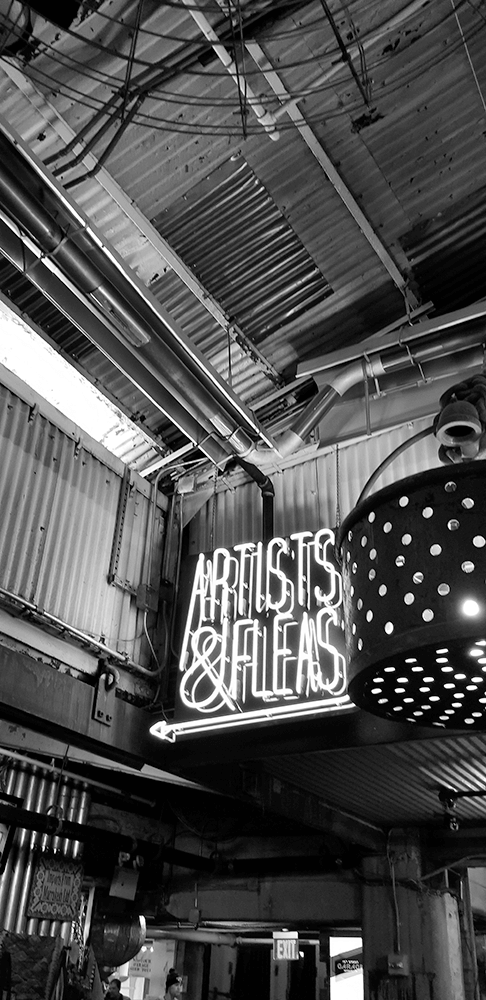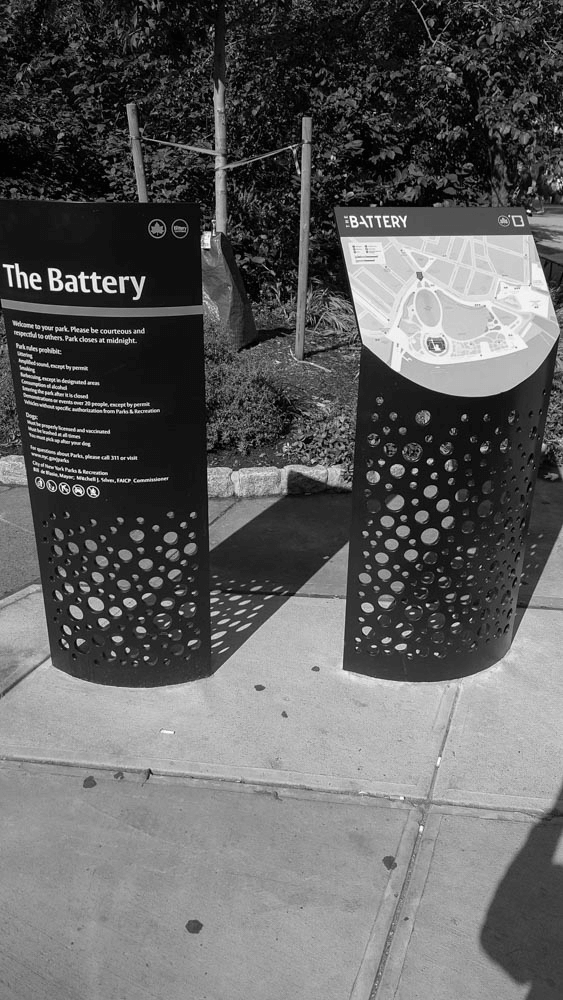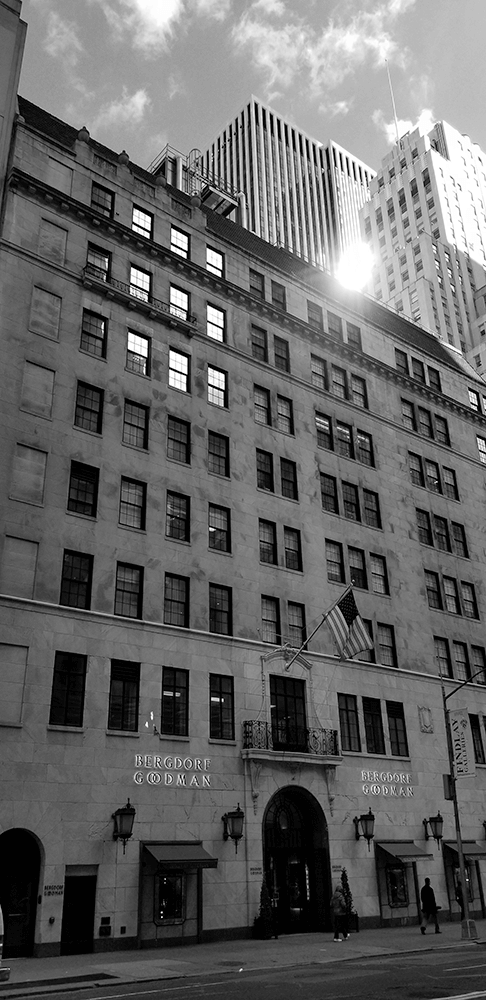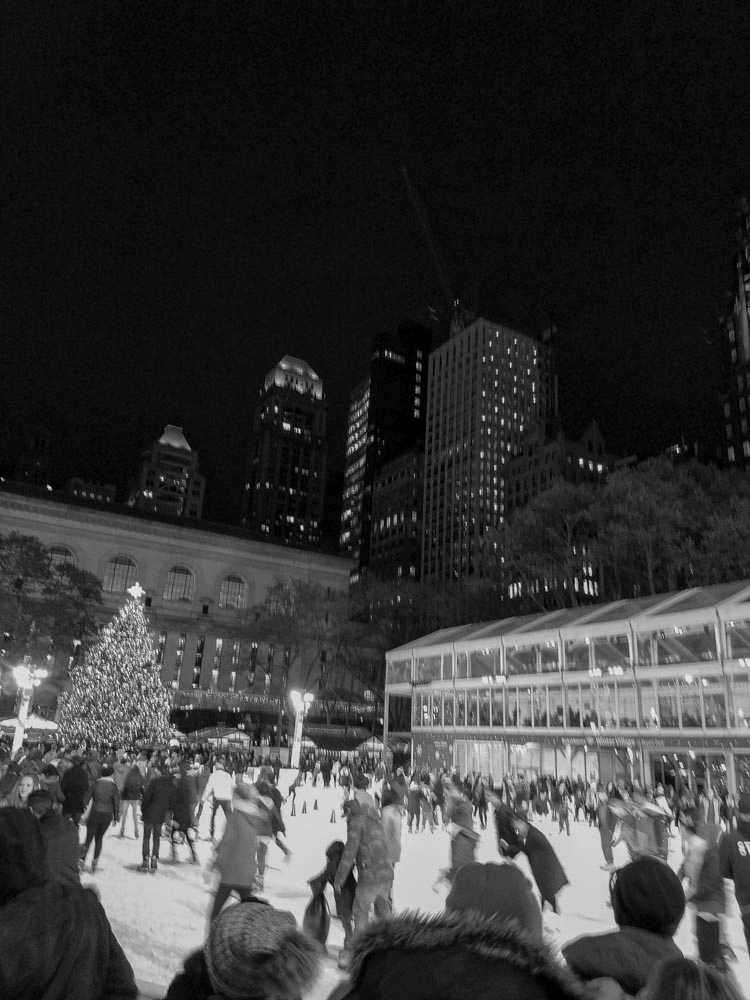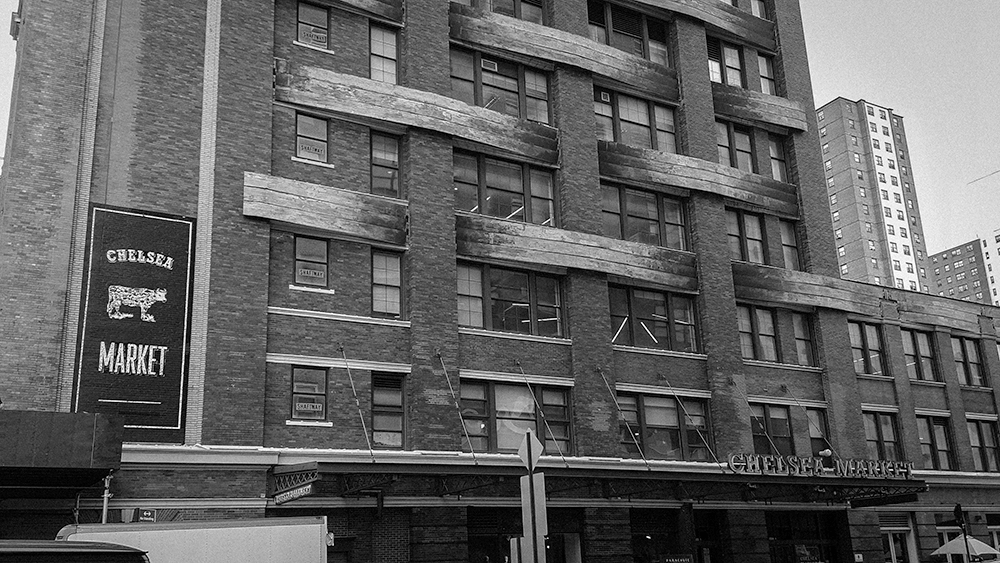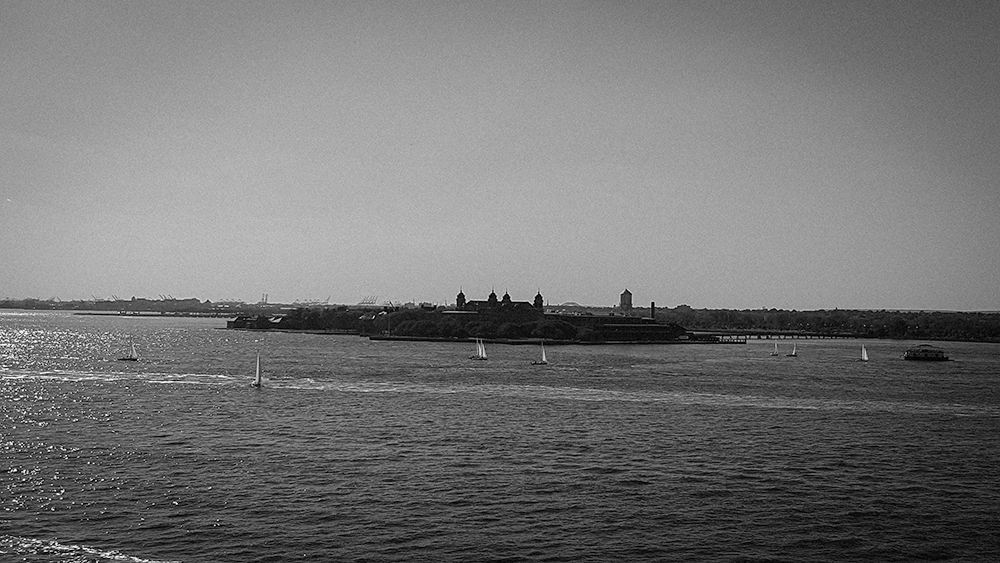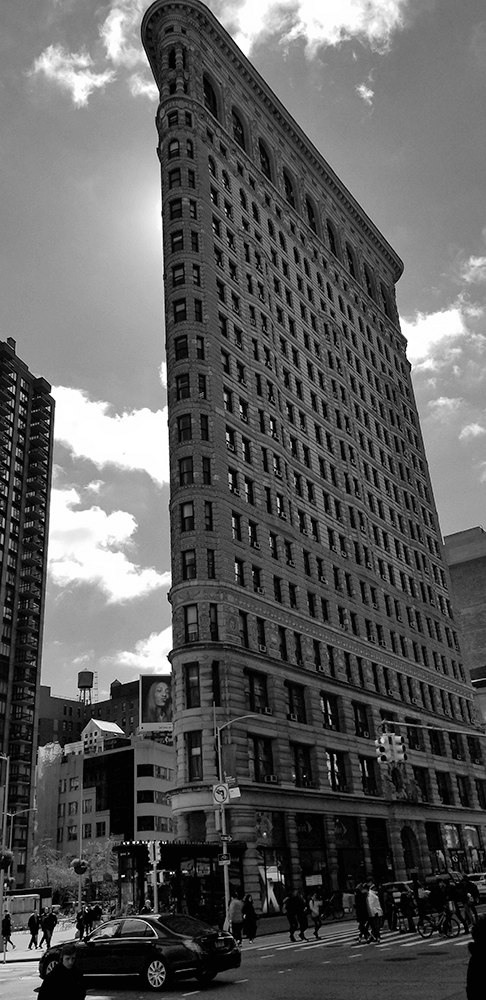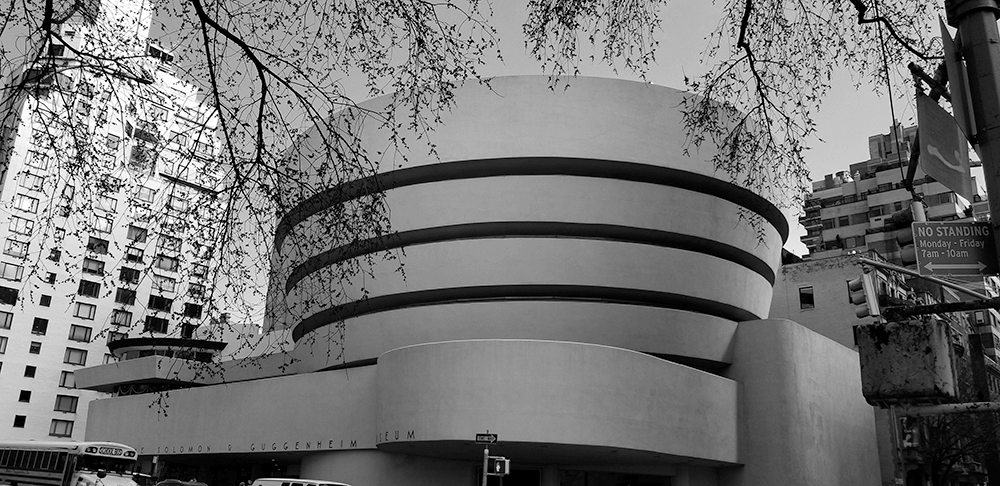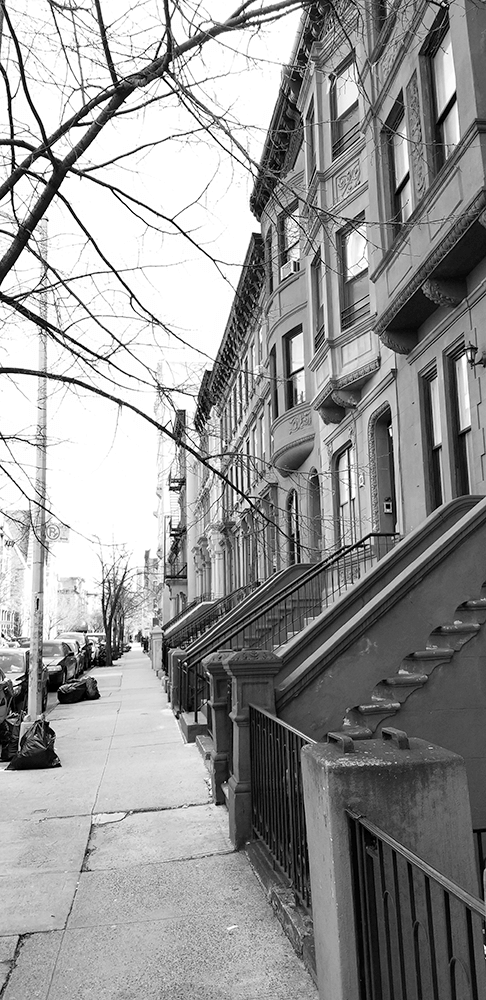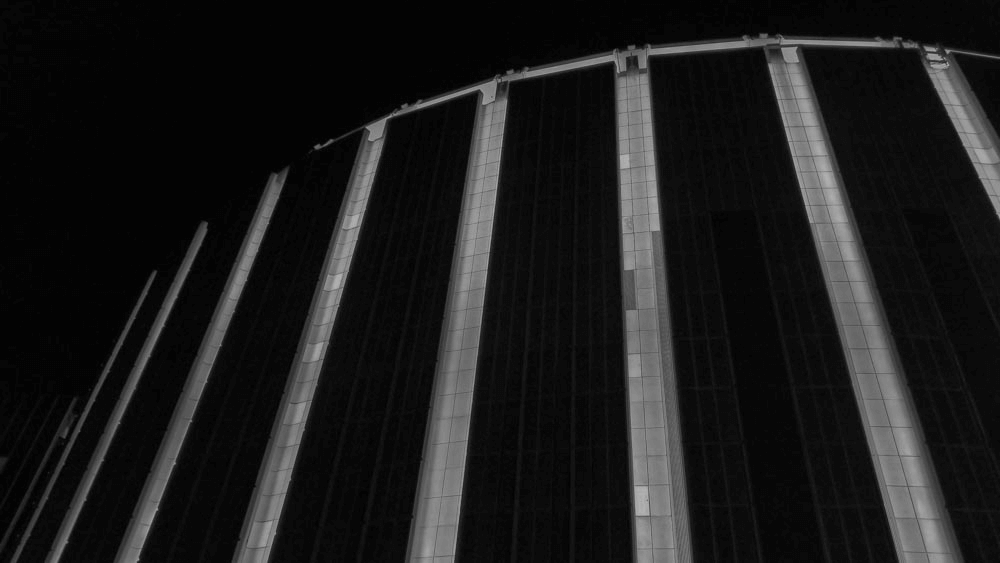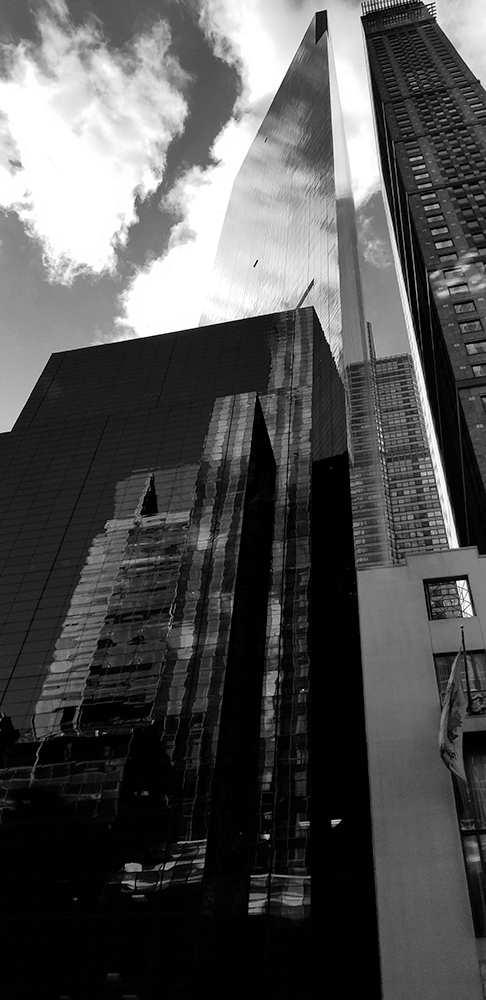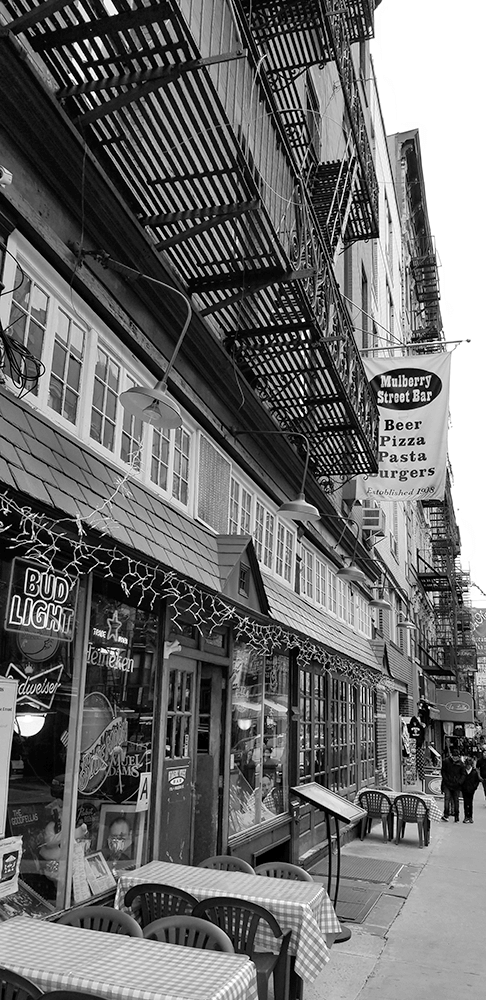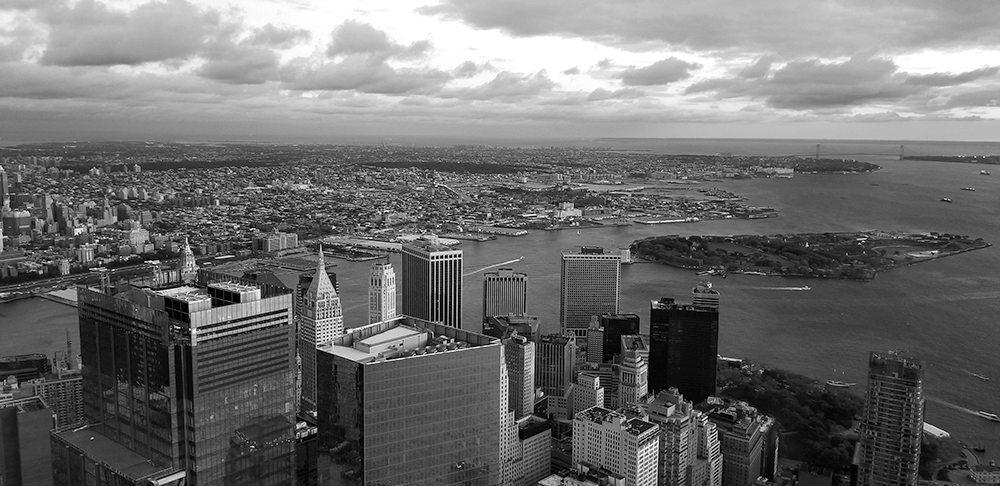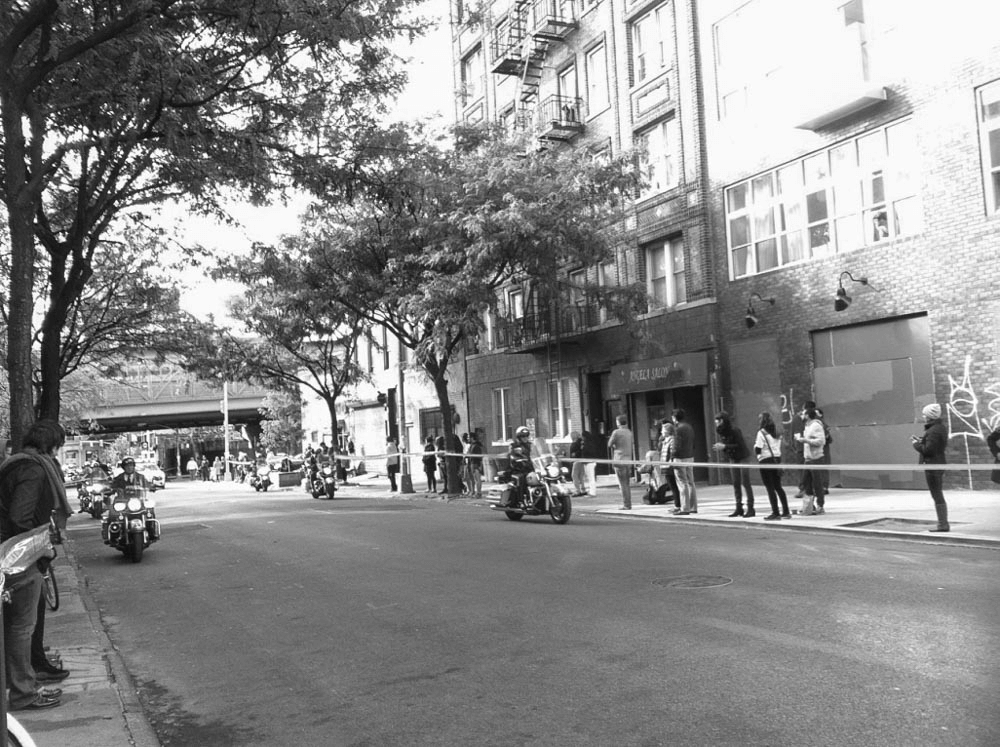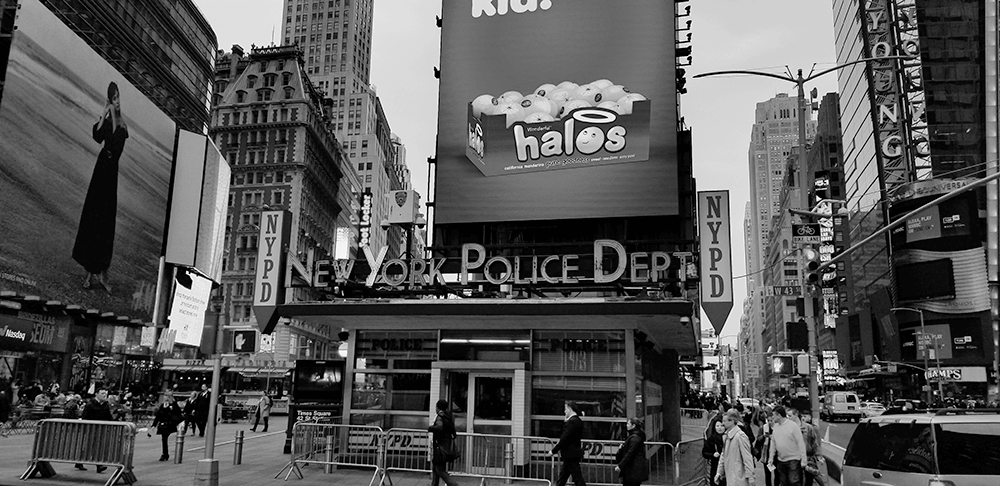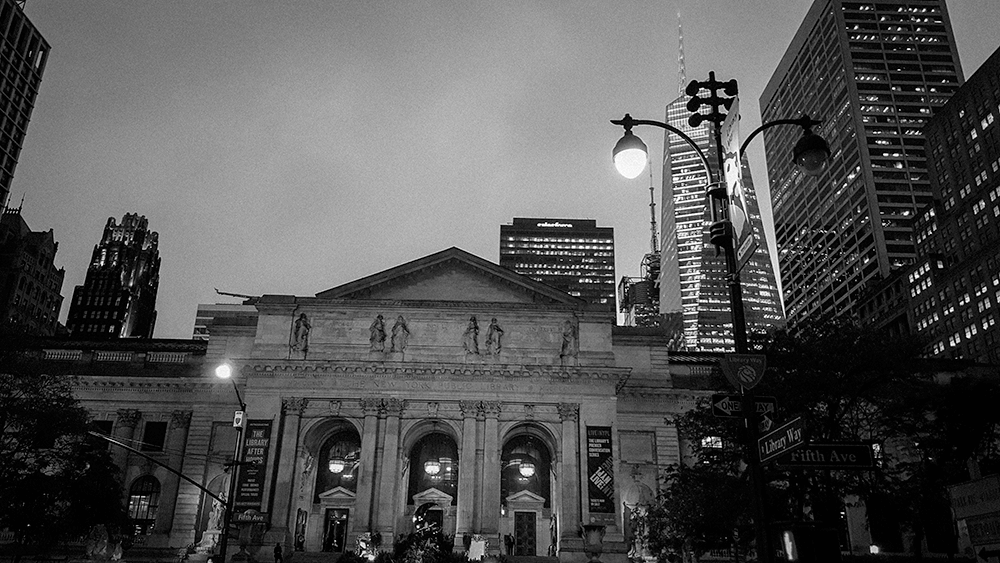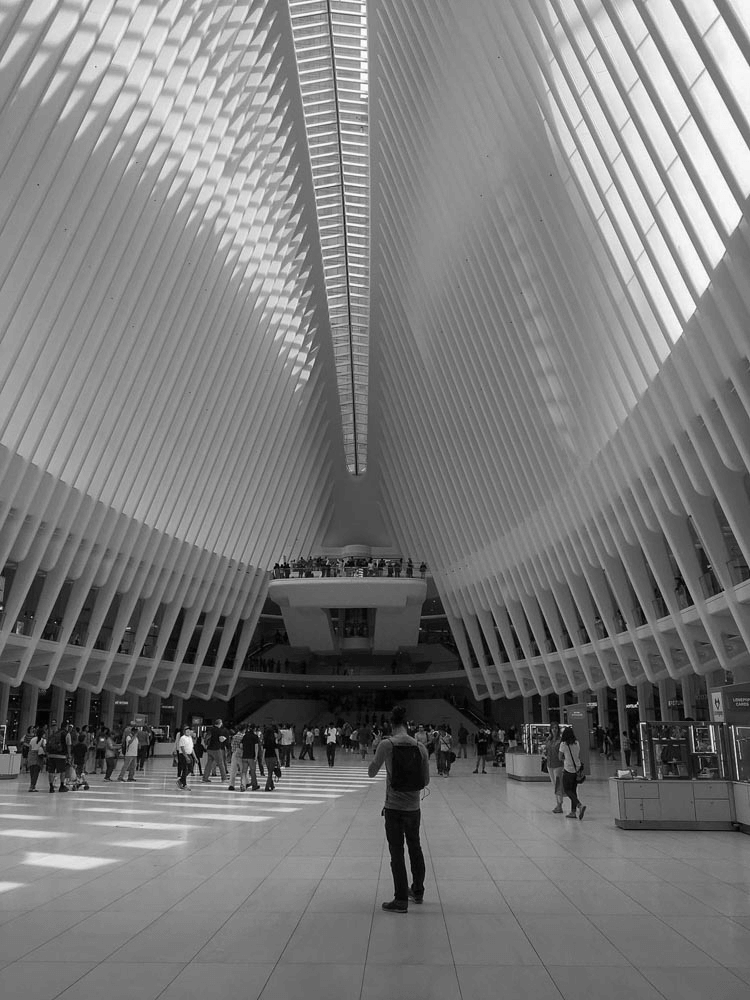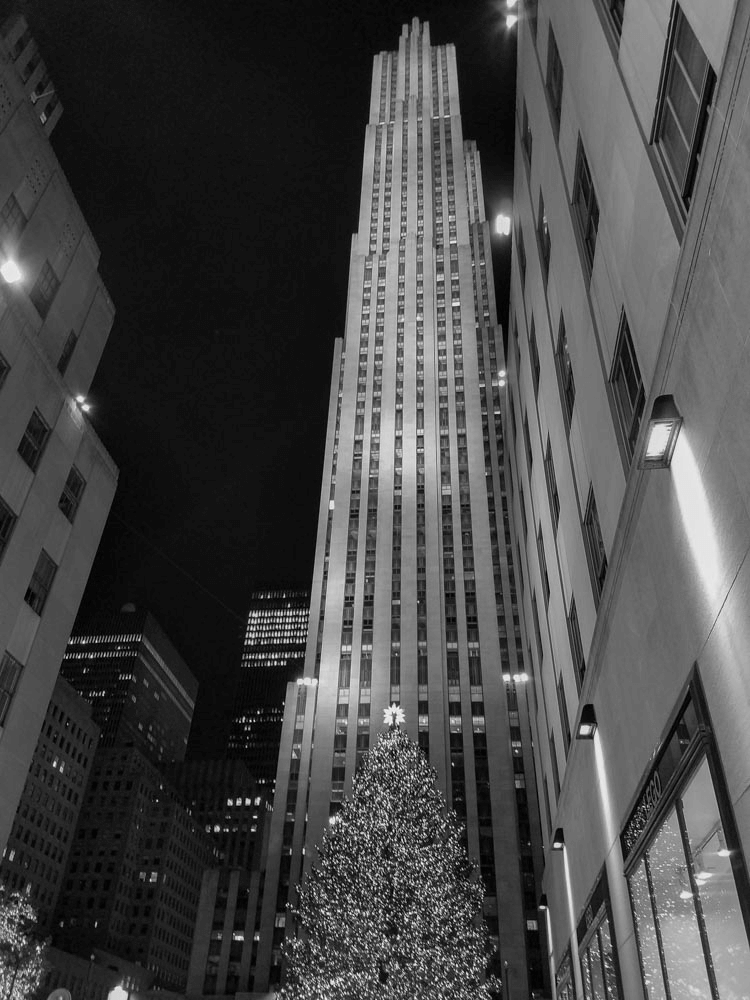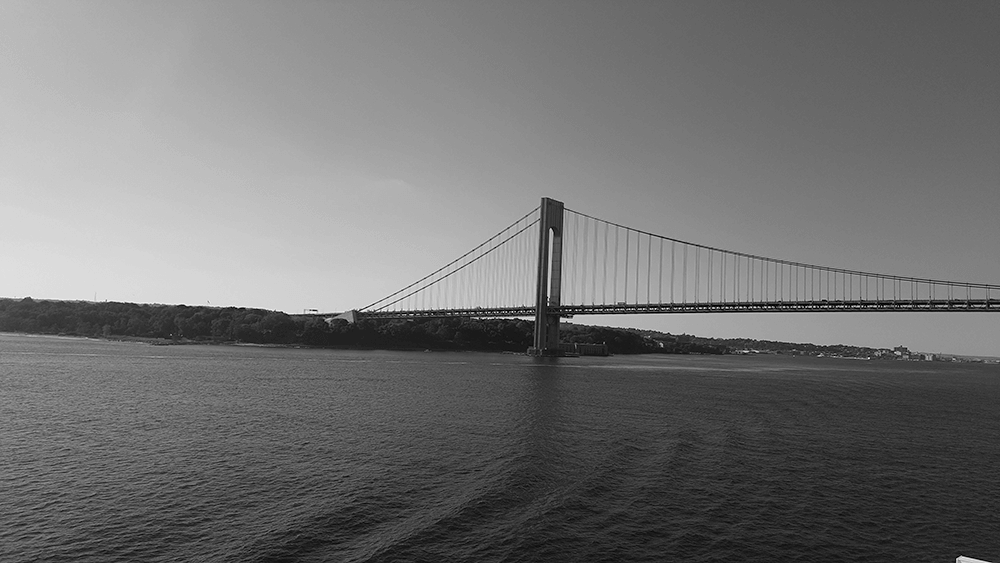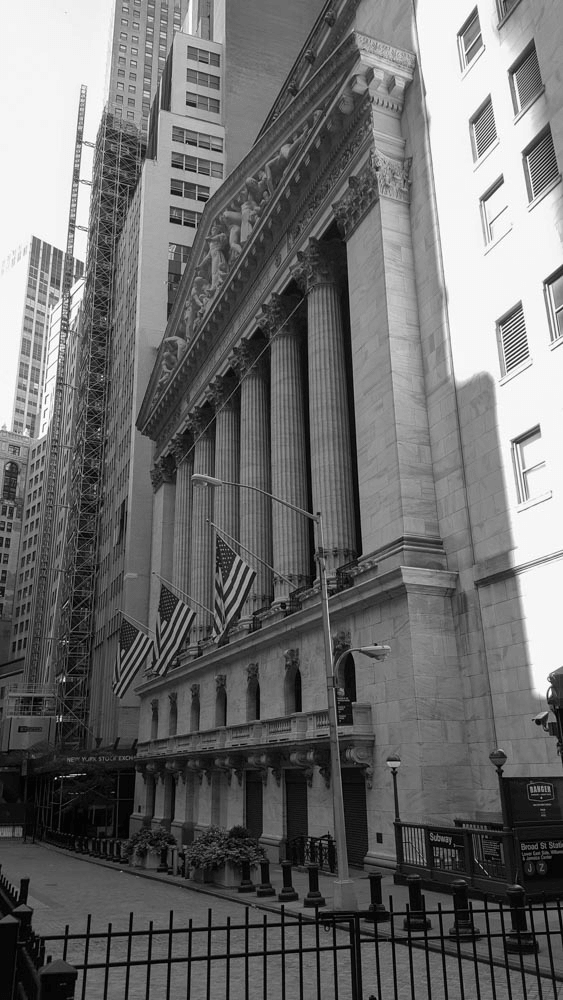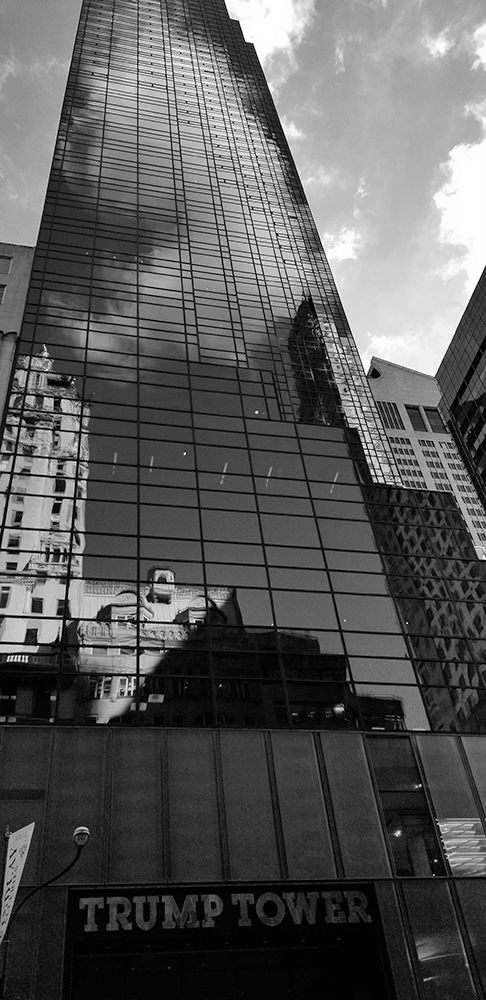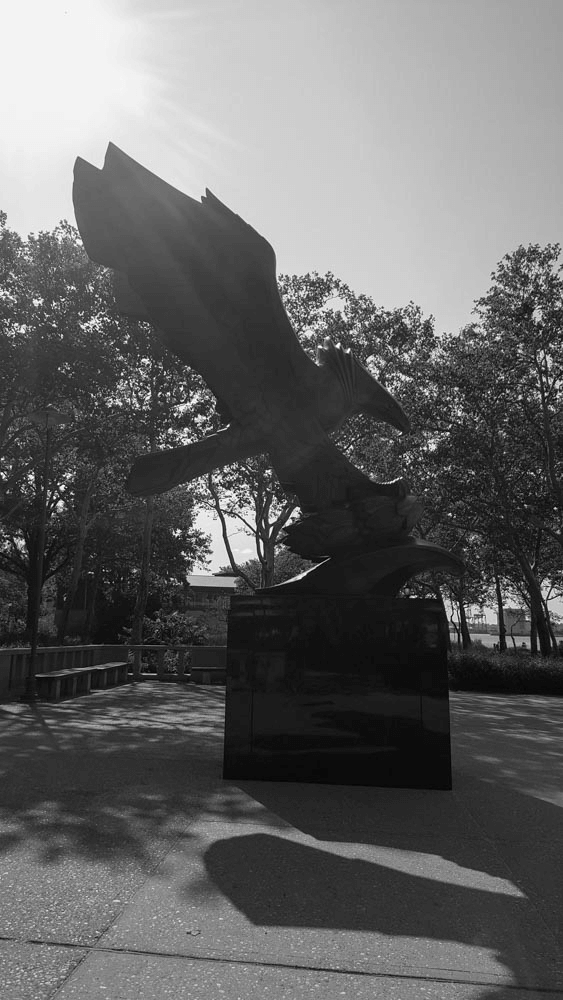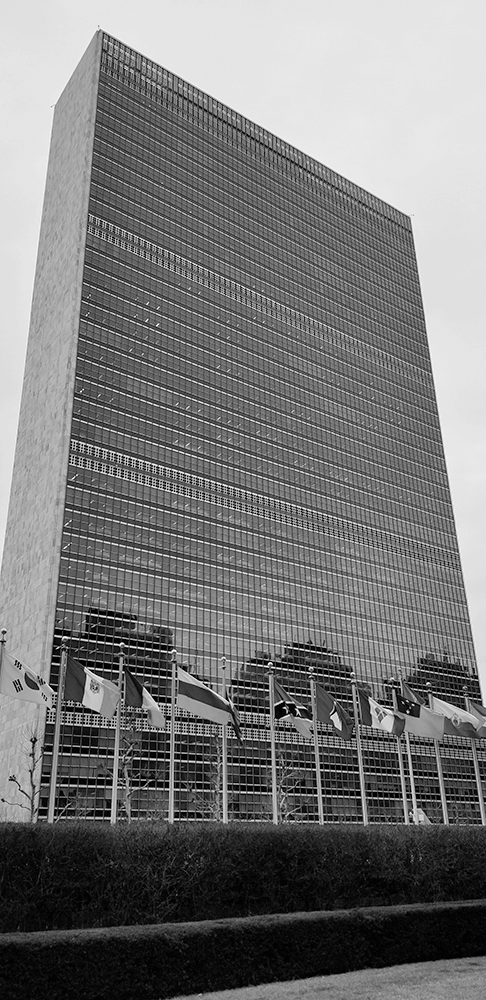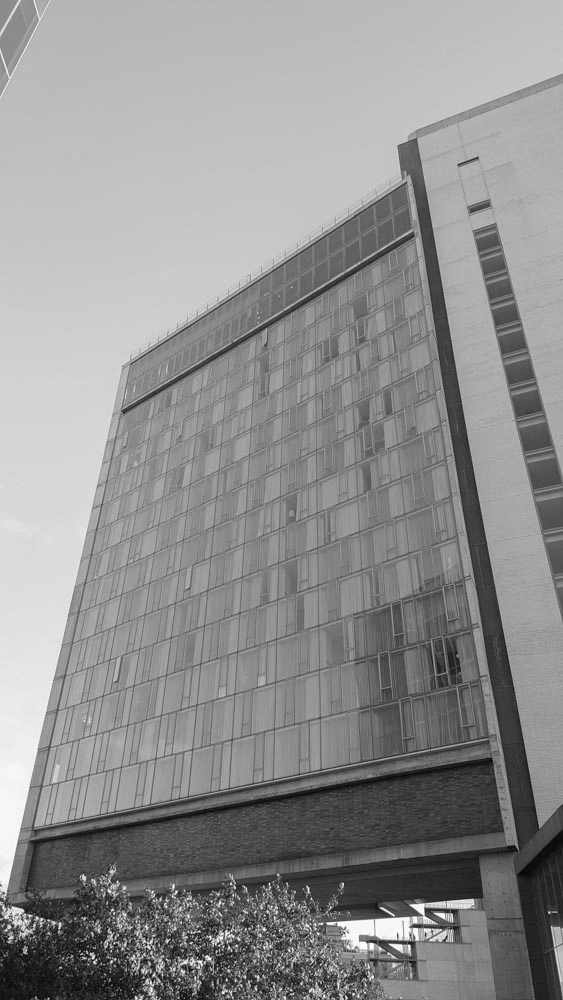Evergreen
Upper West Side
Lincoln Center
Das Lincoln Center for the Performing Arts ist eines der bedeutendsten Kulturzentren in New York City und ein Symbol für die darstellenden Künste in den Vereinigten Staaten. Gelegen im Stadtteil Manhattan, wurde das Lincoln Center in den 1950er Jahren erbaut und hat sich seitdem zu einem Mekka für Musik, Tanz, Theater und Film entwickelt. Es ist der Sitz von renommierten Institutionen wie der New York Philharmonic, dem Metropolitan Opera, dem New York City Ballet und der Juilliard School. Geschichte Die Idee für das Lincoln Center entstand in den 1940er Jahren, als die Stadt New York einen Plan zur Revitalisierung des West Side Neighborhoods entwickelte. Die Eröffnung des Lincoln Centers fand 1962 mit der Premiere der New York Philharmonic unter der Leitung von Leonard Bernstein statt. Seitdem hat sich das Zentrum kontinuierlich weiterentwickelt und zahlreiche architektonische und kulturelle Meilensteine gesetzt. Architektur und Design Das Lincoln Center ist bekannt für seine beeindruckende moderne Architektur, die von verschiedenen renommierten Architekten entworfen wurde. Das Hauptgebäude, das David Geffen Hall, ist das Zuhause der New York Philharmonic und zeichnet sich durch seine markante Fassade und hervorragende Akustik aus. Die Metropolitan Opera House, ein weiteres architektonisches Highlight, bietet Platz für über 3.800 Zuschauer und ist bekannt für ihre opulente Innenausstattung und die herausragenden Aufführungen. Zusätzlich zur beeindruckenden Architektur umfasst das Lincoln Center auch weitläufige Außenanlagen, darunter den berühmten Josie Robertson Plaza, der oft für öffentliche Veranstaltungen und Konzerte genutzt wird. Die Wasserspiele und Grünflächen bieten einen einladenden Raum für Besucher, um sich zu entspannen und die Atmosphäre zu genießen. Kulturelle Angebote Das Lincoln Center beherbergt eine Vielzahl von kulturellen Veranstaltungen und Aufführungen. Die New York Philharmonic bietet eine breite Palette von Konzerten, die von klassischen Symphonien bis hin zu zeitgenössischen Werken reichen. Das Metropolitan Opera ist bekannt für seine grandiosen Opernaufführungen, während das New York City Ballet regelmäßig Ballettaufführungen von weltberühmten Choreografen präsentiert. Zusätzlich zu diesen Institutionen veranstaltet das Lincoln Center auch verschiedene Festivals, darunter das Lincoln Center Festival, das internationale Künstler und Produktionen präsentiert, sowie das Summer for the City, das eine Vielzahl von kostenlosen Veranstaltungen im Freien bietet. Bildungsprogramme Das Lincoln Center legt großen Wert auf Bildung und bietet eine Vielzahl von Programmen für Schüler, Familien und die Gemeinschaft an. Die Lincoln Center Education-Initiative fördert das Lernen durch die Künste und bietet Workshops, Führungen und spezielle Veranstaltungen an, die darauf abzielen, das Interesse an Musik, Tanz und Theater zu wecken. Diese Programme sind darauf ausgelegt, sowohl die künstlerische als auch die akademische Entwicklung zu unterstützen. Das Lincoln Center for the Performing Arts ist nicht nur ein architektonisches Meisterwerk, sondern auch ein kulturelles Zentrum, das die Vielfalt und den Reichtum der darstellenden Künste in New York City feiert. Mit seinen renommierten Institutionen, beeindruckenden Aufführungen und engagierten Bildungsprogrammen bietet es eine unvergleichliche Plattform für Künstler und Kunstliebhaber. Ob Sie ein Konzert, eine Oper oder ein Ballett besuchen oder einfach nur die Architektur und die Atmosphäre genießen möchten, das Lincoln Center ist ein unverzichtbarer Teil des kulturellen Lebens in New York und ein Ort, der die Herzen und Köpfe der Menschen berührt.
1 2 NYCGO 3 4
